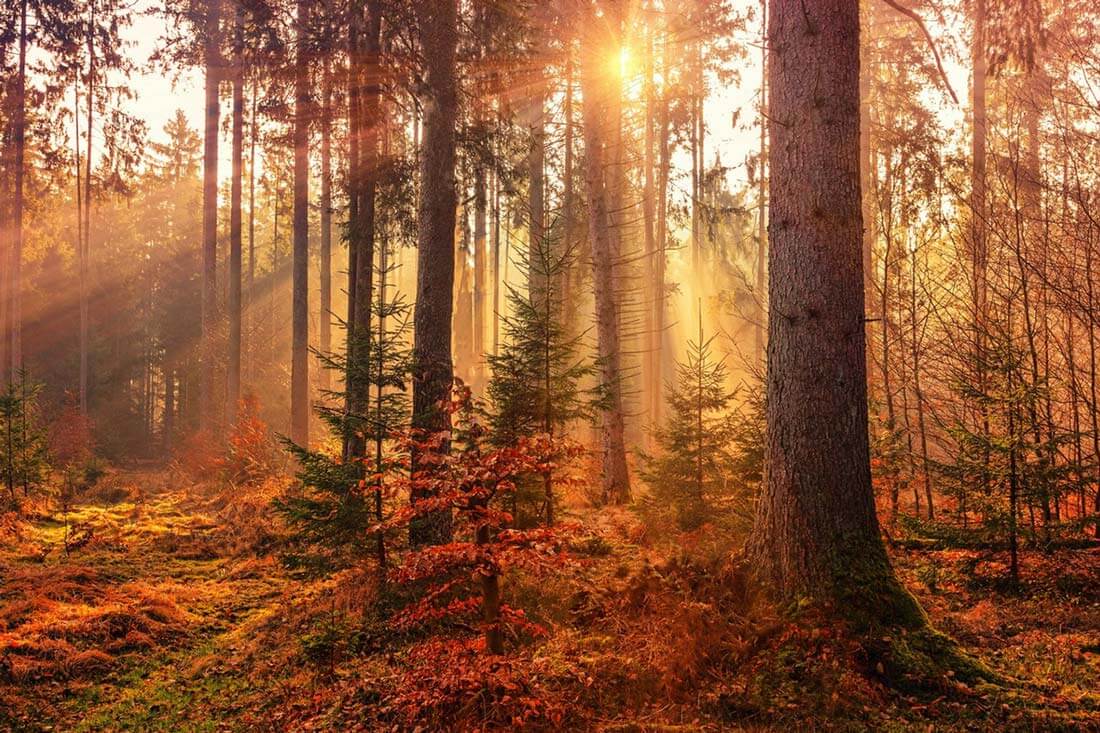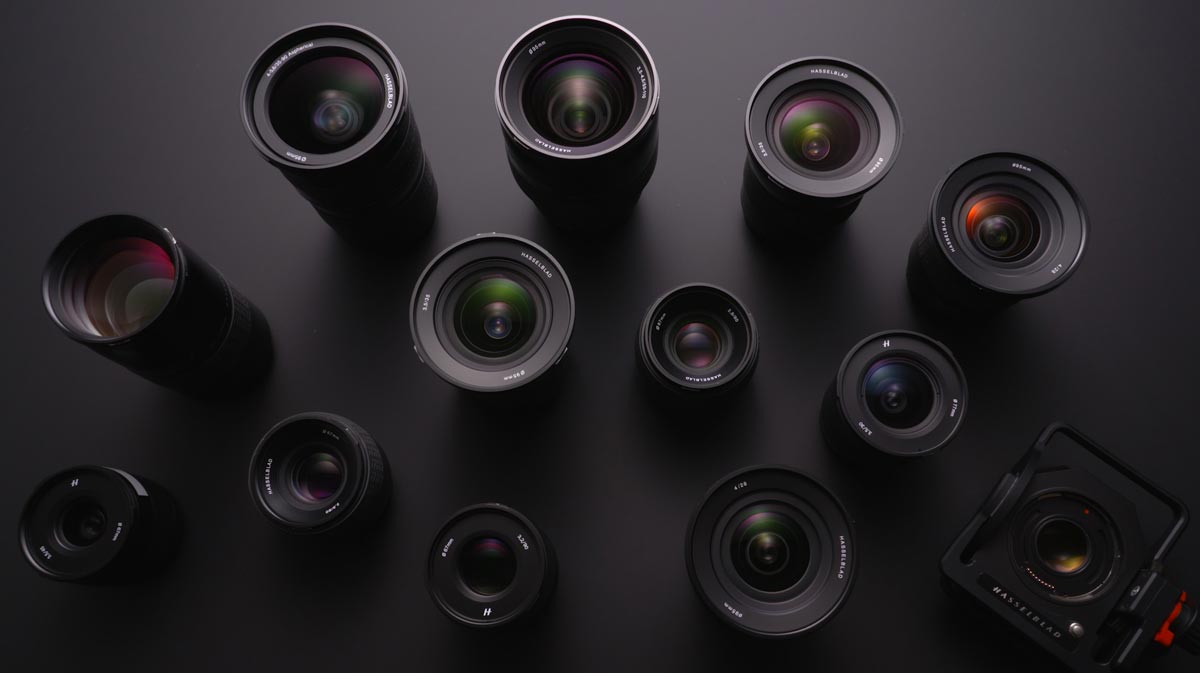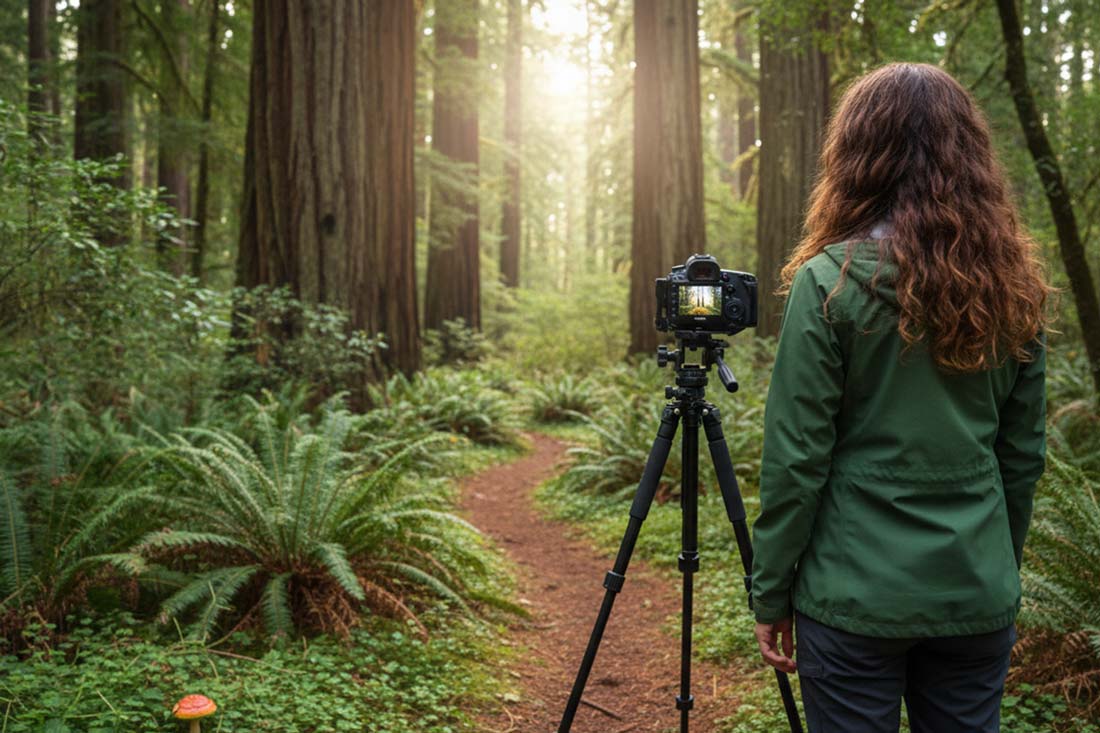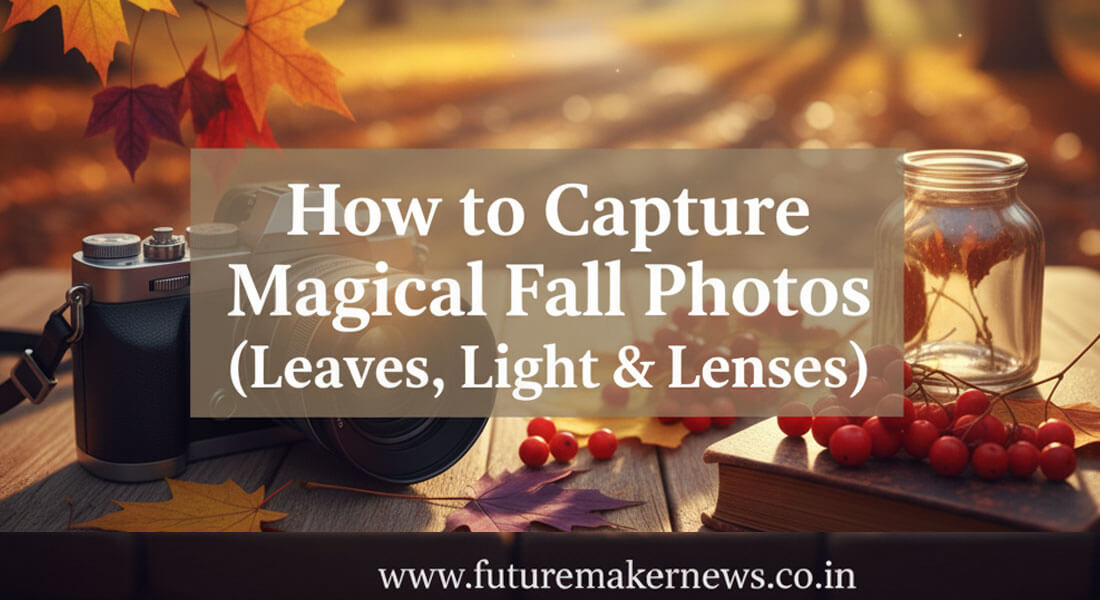Fall is a photographer’s dream season, with vibrant leaves, soft golden light, and crisp air creating a magical backdrop. Whether you’re using a professional DSLR, a mirrorless camera, or even a smartphone, capturing the essence of autumn requires a blend of creativity, technique, and an understanding of your tools. This guide will walk you through 15 practical tips to create stunning fall photos, focusing on leaves, light, and lenses. From composition to camera settings, we’ll cover everything you need to make your autumn images pop. Let’s dive into the art of fall photography!
Understanding the Magic of Fall Photography
Fall’s charm lies in its rich colors—fiery reds, golden yellows, and deep oranges—combined with unique lighting conditions. The low-angle sunlight during autumn creates long shadows and a warm glow, perfect for dramatic shots. Leaves, whether on trees or scattered on the ground, add texture and vibrancy. Choosing the right lens and mastering light manipulation can elevate your photos from ordinary to extraordinary. This guide breaks down techniques to harness these elements, making your fall photos unforgettable.
Photography in fall is about capturing fleeting moments. The season’s beauty is temporary, so timing and preparation are key. Whether you’re shooting landscapes, portraits, or close-ups, these tips will help you make the most of autumn’s visual splendor.
Mastering Light for Stunning Fall Photos

Light is the heart of photography, and fall offers unique opportunities to play with it. The golden hour—shortly after sunrise or before sunset—bathes landscapes in warm, soft light that enhances fall colors. Overcast days, common in autumn, diffuse light evenly, reducing harsh shadows and creating a dreamy effect. Here’s how to make the most of fall lighting:
- Chase the Golden Hour: Shoot during the first or last hour of sunlight for warm, flattering tones. The low angle emphasizes leaf textures and adds depth to landscapes.
- Use Backlighting: Position leaves between your camera and the sun to create a glowing effect. This technique highlights translucent leaf edges, adding a magical touch.
- Embrace Overcast Days: Cloudy skies act as a natural softbox, perfect for portraits or macro shots. Colors appear more saturated without harsh highlights.
- Experiment with Shadows: Long shadows from bare trees or leaf piles add drama. Use them to create patterns or frame your subject creatively.
Choosing the Right Lens for Fall Photography

Your lens choice shapes the story your photo tells. Different lenses highlight various aspects of fall’s beauty, from sweeping landscapes to intricate leaf details. Here’s a breakdown of the best lenses for capturing autumn’s magic:
| Lens Type | Focal Length | Best For | Tips |
|---|---|---|---|
| Wide-Angle | 16–35mm | Landscapes, forests | Use to capture expansive scenes with colorful tree canopies. Keep foreground elements for depth. |
| Standard | 50mm | Portraits, street photography | Ideal for natural-looking shots with shallow depth of field. Great for isolating subjects against fall backgrounds. |
| Macro | 90–100mm | Close-ups of leaves, dew | Focus on leaf veins or water droplets. Use a tripod for sharp details. |
| Telephoto | 70–200mm | Distant subjects, wildlife | Compresses backgrounds, making colorful foliage pop. Perfect for isolating tree branches or animals. |
If you’re using a smartphone, experiment with built-in lens modes (wide or portrait) or invest in clip-on lenses for macro or wide-angle effects. Regardless of equipment, test different focal lengths to find what suits your vision.
Composition Tips for Captivating Fall Photos
- Follow the Rule of Thirds: Place key elements, like a vibrant tree or a person, along the gridlines of your frame to create balance. This draws the viewer’s eye naturally across the image.
- Incorporate Leading Lines: Use paths, fences, or rows of trees to guide the viewer’s eye through the photo. A winding trail covered in leaves can create a sense of journey.
- Frame with Natural Elements: Shoot through branches or arches of foliage to frame your subject. This adds depth and draws attention to the focal point.
- Play with Foreground and Background: Include a close-up leaf in the foreground with a blurred forest in the background to create a layered, immersive effect.
Camera Settings for Perfect Fall Shots

Getting your camera settings right ensures your fall photos capture the season’s vibrancy. Here’s how to optimize your settings for different scenarios:
Aperture (f-stop): For landscapes, use a high f-stop (f/8–f/16) to keep everything in focus. For portraits or macro shots, use a low f-stop (f/1.8–f/4) to blur the background, making leaves or subjects stand out.
Shutter Speed: Use a fast shutter speed (1/250 or faster) for moving subjects, like falling leaves or people walking. For creative blur, like a flowing stream with leaves, try a slower speed (1/15 or slower) with a tripod.
ISO: Keep ISO low (100–200) in bright conditions to avoid noise. On cloudy days or in shaded forests, increase to 400–800 for proper exposure without sacrificing quality.
White Balance: Set to “Daylight” or “Cloudy” to enhance warm fall tones. Avoid “Auto” white balance, as it may neutralize the golden hues you want to capture.
Creative Techniques to Enhance Fall Photos
Elevate your fall photography with these creative approaches that add a magical touch:
- Shoot Through Mist or Fog: Early morning fog, common in fall, adds a mystical quality. Use it to soften backgrounds and create ethereal images.
- Capture Reflections: Look for puddles, lakes, or rivers reflecting colorful trees. Position yourself low to emphasize the reflection’s vibrancy.
- Use Props: Incorporate seasonal props like pumpkins, scarves, or lanterns in portraits to add a cozy fall vibe. Keep them subtle to avoid overpowering the natural beauty.
- Experiment with Black and White: Convert some photos to black and white to emphasize texture and contrast, especially in shots with bare trees or intricate leaf patterns.
Post-Processing for Vibrant Fall Colors
Editing enhances the natural beauty of your fall photos. Software like Adobe Lightroom, Photoshop, or free apps like Snapseed can make colors pop. Here’s how to approach post-processing:
Adjust Exposure and Contrast: Slightly increase exposure to brighten dim shots, and boost contrast to make colors stand out. Be careful not to overdo it, as it can look unnatural.
Enhance Vibrance and Saturation: Increase vibrance to bring out muted colors without affecting skin tones in portraits. Saturation can intensify reds and yellows but use it sparingly to avoid artificial results.
Sharpen Details: Apply sharpening to leaf edges or textures for crispness. Use a light touch to avoid graininess.
Add a Vignette: A subtle vignette darkens the edges, drawing attention to the center of your photo. This works well for portraits or macro shots.
Tips for Planning Your Fall Photography Sessions
Preparation is key to capturing magical fall photos. Here’s how to plan effectively:
- Scout Locations Early: Visit parks, forests, or urban areas with tree-lined streets to find spots with vibrant foliage. Check local fall foliage reports to time your shoots during peak color.
- Check Weather Forecasts: Plan around golden hour or overcast days for optimal light. Avoid windy days for macro shots, as leaves may blur.
- Bring Essential Gear: Pack a tripod for low-light shots, a polarizing filter to reduce glare and enhance colors, and a lens cloth to clean dew or rain from your lens.
- Shoot Regularly: Fall colors change quickly. Visit the same location multiple times over a few weeks to capture different stages of the season.
Why Fall Photography Is So Rewarding
Fall photography is a chance to capture nature’s fleeting masterpiece. The combination of vibrant leaves, soft light, and crisp air creates a canvas unlike any other season. By mastering light, choosing the right lens, and applying creative techniques, you can create images that evoke the warmth and nostalgia of autumn. Whether you’re a beginner or a seasoned photographer, these tips will help you see fall through a new lens—literally and figuratively.
So grab your camera, head outside, and start experimenting. The beauty of fall is waiting to be captured, and with these techniques, your photos will be as magical as the season itself. Happy shooting!

